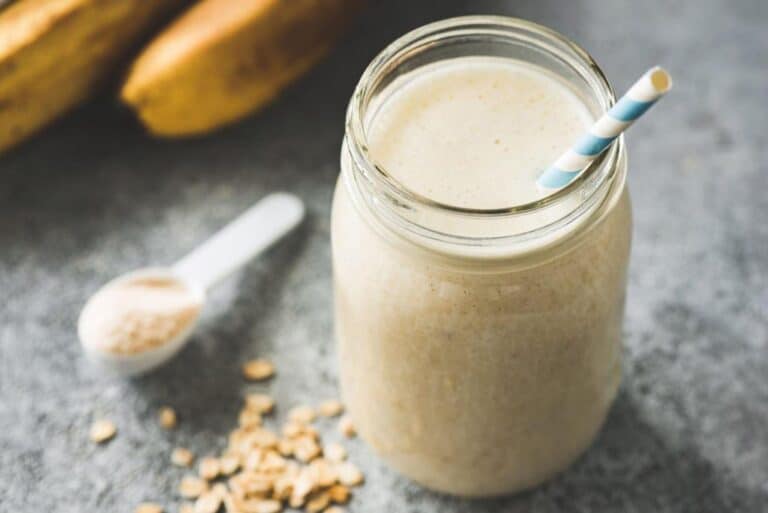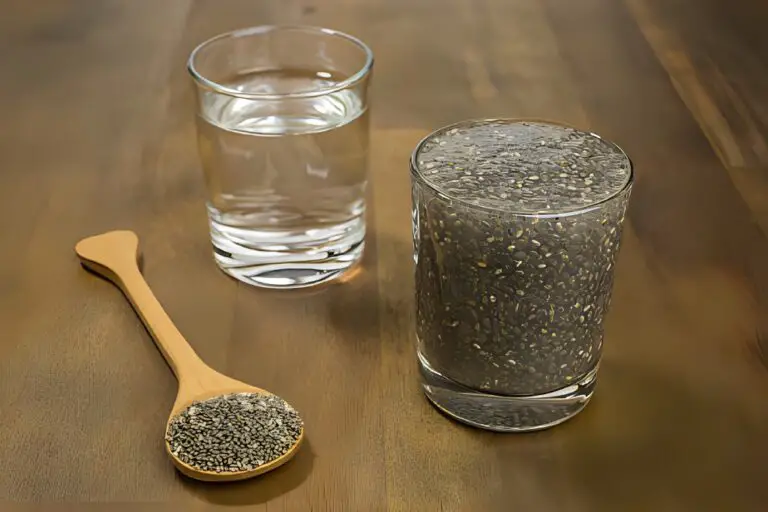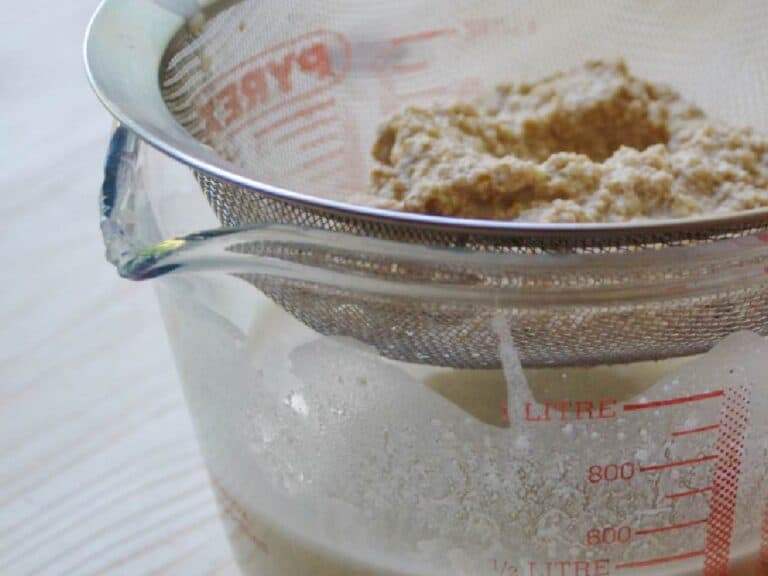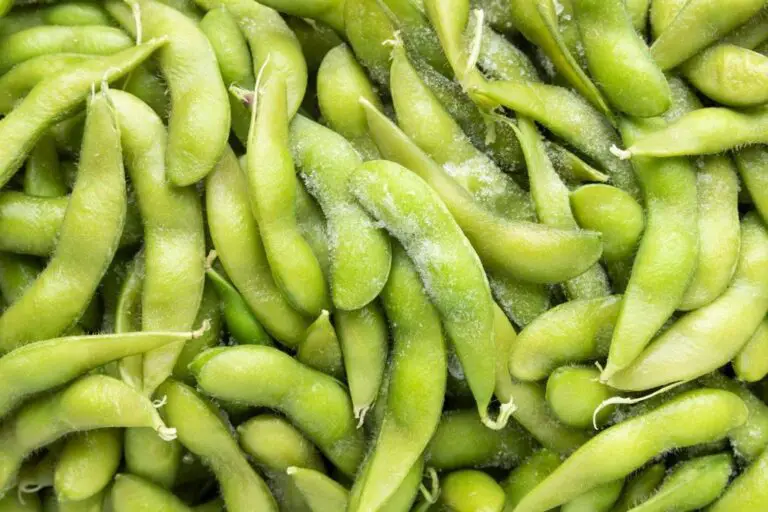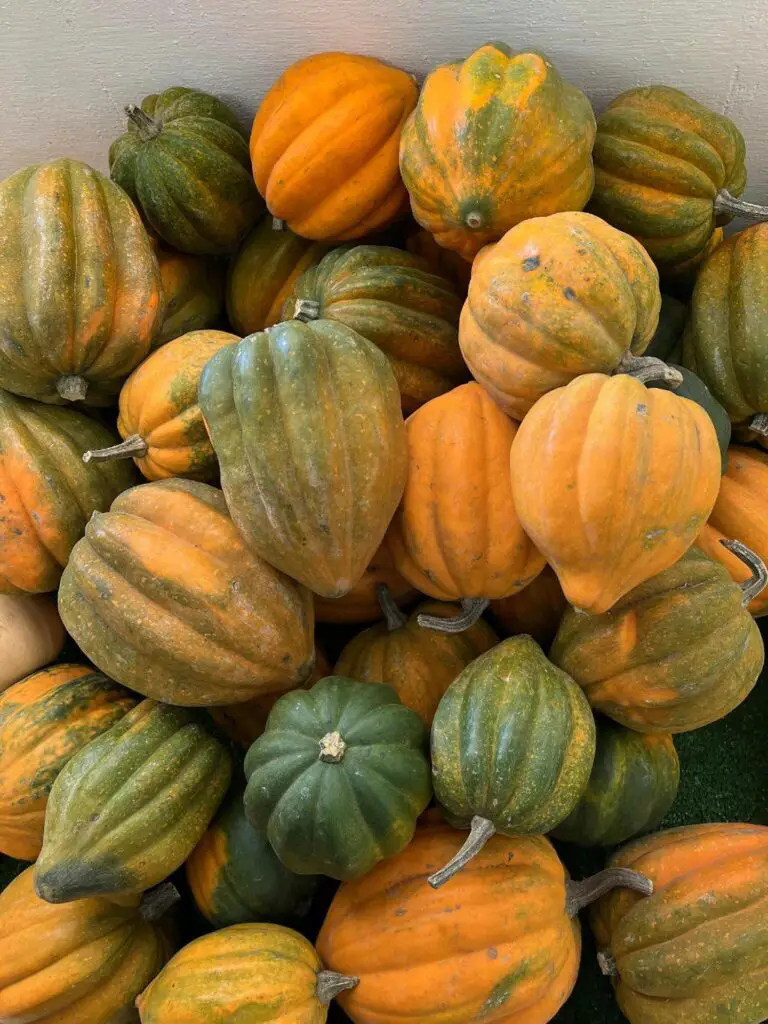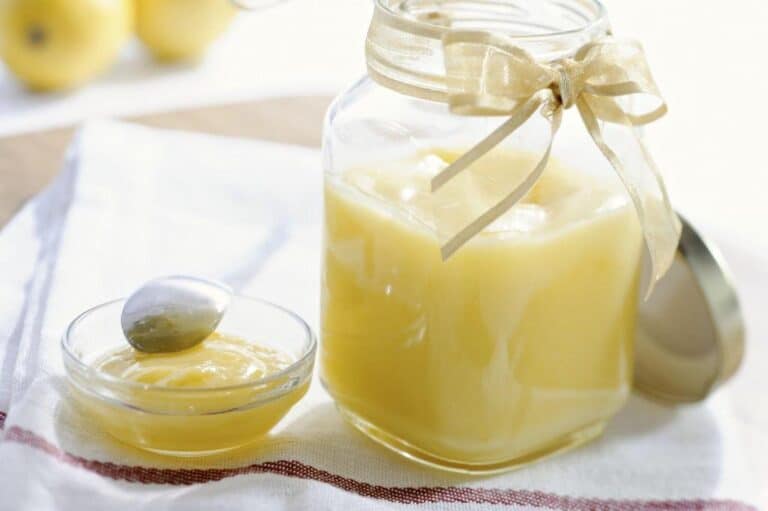Do Koreans Eat Insects? What Insect Is Edible in Korea?
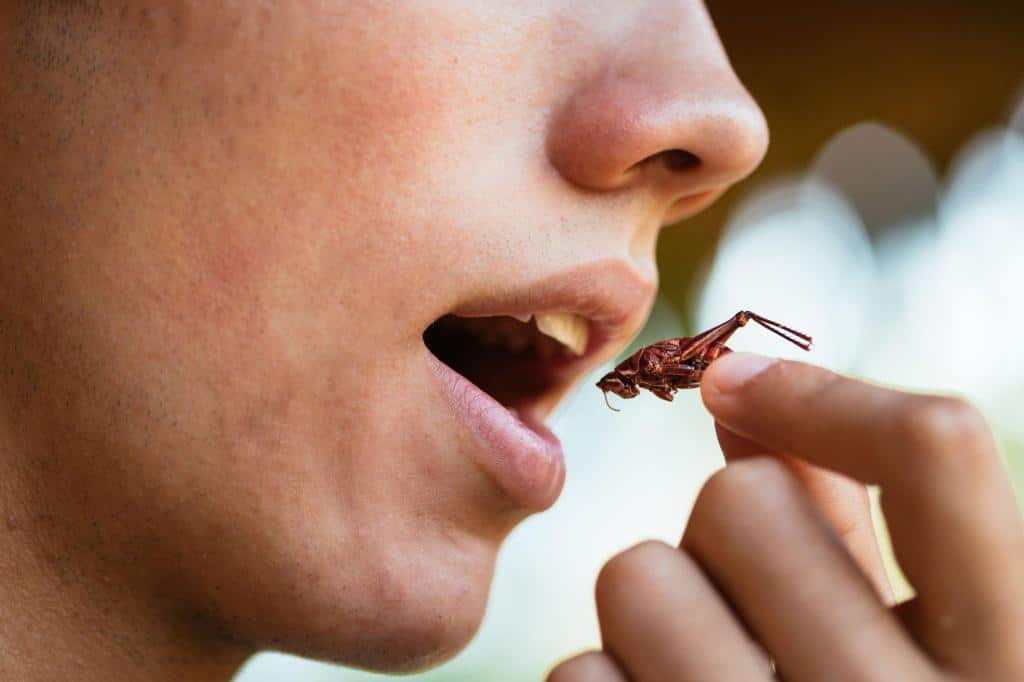
South Korea is a country that has a rich and varied culinary tradition. From kimchi to bulgogi, Korean cuisine is famous all over the world for its unique flavors and healthy ingredients. But one thing about Korean food that is often overlooked is the fact that insects are eaten.
Yes, you read that right. Insects are a common food source in many cultures around the world, and Korea is no exception. But before you get grossed out, let’s take a closer look at the practice of eating insects in Korea.
Do Koreans Eat Insects?
In Korea, insects have been consumed as a part of traditional cuisine for centuries. Historically, they were an important source of protein and nutrition, particularly in rural areas where other sources of food were scarce.
Even though they are not as frequently consumed as they once were, many Koreans still enjoy eating insects, especially in specific areas and at particular times of the year.
In Korea, people believe that insects that can be eaten have health benefits besides being a source of protein. For example, silkworm pupae are high in calcium and iron, while bee larvae are rich in amino acids and vitamins. They are also low in fat and calories, making them a healthy alternative to meat.
Even though eating insects in Korea is good for your health and has a lot of cultural meaning, it is not without controversy. While some people view insects as a sustainable and ethical food source, others find the idea of eating insects unappealing or even repulsive. There are also concerns around food safety and hygiene, particularly for insects that are gathered from the wild.
Entomophagy in Korea
Entomophagy, or the practice of eating insects, has been common in South Korea for a long time. Recently, the South Korean government announced plans to develop the local edible insect sector with a series of new development projects.
A study conducted in South Korea examined the attributes of insect food acceptance and identified consumer market segmentation for insect food. Another study compared the perception of entomophagy between residents of Korea and Ethiopia and found that the reasons for the observed differences in attitudes towards entomophagy between Ethiopians and Koreans appear to be related to history, habits, traditions, and other factors
In recent years, there has been a growing interest in edible insects in Korea, particularly among young people. Some restaurants and food stalls have started incorporating insects into their menus, and there are even specialty shops that sell a variety of edible insects.
As people around the world become more aware of the need for sustainable food sources and ways to protect the environment, it is possible that eating insects will become more common in Korea and other places.
Related: Do Koreans Eat Raw Meat and Fish?
What Insects Are Edible in Korea?
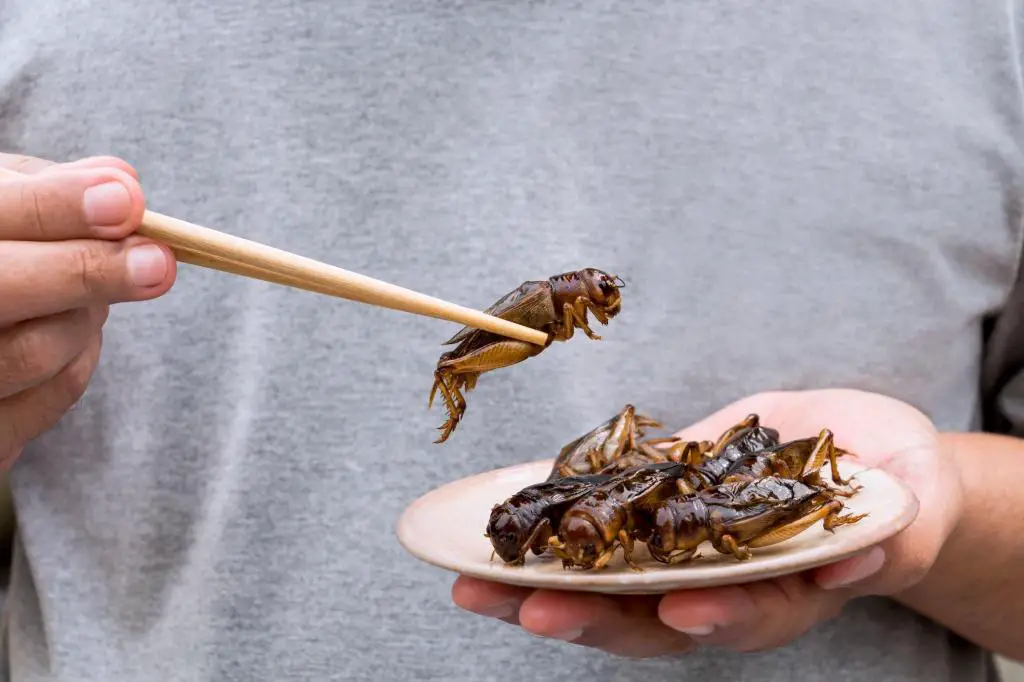
There are several types of insects that are considered edible in Korea. These include silkworm pupae, grasshoppers, crickets, bee larvae, and ant eggs. Each type of insect has its own unique texture and flavor profile and can be prepared in a variety of ways. Some insects are roasted or fried, while others are boiled or steamed.
So, what kinds of insects are considered edible in Korea? Here are a few examples:
Beondegi (Silkworm Pupae)
Beondegi is perhaps the most well-known edible insect in Korea. It is a type of silkworm pupa that is boiled or steamed and then seasoned with salt or soy sauce. Koreans like to eat beondegi as a snack, and street vendors frequently sell it in tiny paper cups.
Janggun-bbong (Cricket Soup)
Janggun-bbong is a type of dung beetle that is also eaten in Korea. It is usually boiled or stir-fried with garlic and served as a side dish. Janggun-bbong is said to have a nutty flavor and a crunchy texture.
Bundaegi (Soy Sauce-marinated Silkworm Pupae)
Bundaegi is another type of silkworm pupa that is boiled or steamed and served as a snack. It is often seasoned with soy sauce and chili paste, and it is a popular food during the winter months.
Sae-ujeon (Shrimp and Silkworm Pupae Pancakes)
Sae-ujeon is a dish made with fried grasshoppers. The grasshoppers are usually coated in flour and eggs before being fried in oil. Sae-ujeon is often served as a side dish with rice.
Beolteogeori (Boiled Grasshopper)
Beolteogeori is a type of long-horned grasshopper that is usually eaten fried or boiled. It is a popular food in the southern part of Korea, where it is often served with rice wine.
Why Do Koreans Eat Insects?
So, why do some Koreans choose to eat insects? There are several reasons:
1. Nutritional Value
Insects are a great source of protein and other nutrients, and they are often considered a healthier alternative to meat. Insects are also low in fat and calories, making them a good choice for people who are watching their weight.
2. Cultural Tradition
For many Koreans, eating insects is a cultural tradition that has been passed down from generation to generation. Insects were once a common food source in Korea, and some people still enjoy eating them as a way to connect with their heritage.
3. Taste
Believe it or not, many Koreans enjoy the taste of insects. When cooked right, insects have a unique taste and texture that can be very enjoyable.
Where Can You Find Edible Insects in Korea?
If you’re interested in trying some of the edible insects mentioned above, there are a few places where you can find them in Korea.
Street Vendors
The most common place to find edible insects in Korea is on the street. All over the country, street vendors sell beondegi, in particular. If you’re walking around a busy market or festival, you’re likely to come across a vendor selling insects.
Specialty Restaurants
There are also specialty restaurants in Korea that serve insect dishes. These restaurants are typically located in major cities like Seoul and Busan, and they offer a range of insect-based dishes that are prepared in various ways.
Online Retailers
If you’re not comfortable buying insects from street vendors or visiting specialty restaurants, you can also purchase edible insects online. There are several online retailers that sell insect snacks, including beondegi, and they can deliver them straight to your doorstep.
Are Edible Insects in Korea Safe to Eat?
One concern that many people have when it comes to eating insects is safety. After all, insects can carry diseases and parasites, and they may not be safe for human consumption. However, the government in Korea controls the market for edible insects, and they must adhere to strict safety standards.
Before they can be sold, edible insects must be tested for pesticides and other contaminants, and they must be processed in a clean and sanitary environment. This ensures that the insects are safe to eat and free from harmful substances.
Conclusion
In conclusion, while the idea of eating insects may be off-putting to some, it is actually a common practice in many cultures around the world, including Korea. Many Koreans enjoy edible insects like beondegi, janggun-bbong, and sae-ujeon as a snack or component of a meal because they have a variety of nutritional advantages.
If you’re interested in trying some of these insects, you can find them at street vendors, specialty restaurants, or online retailers. Additionally, you can rest easy knowing that these insects are safe to eat because they are under government regulation and must adhere to strict safety standards.
So, why not be adventurous and give edible insects a try? You might just discover a new favorite snack or dish.
FAQs on What Insects Are Edible in Korea
Do all Koreans eat insects?
No, not all Koreans eat insects. It’s a practice that varies among individuals and regions in South Korea.
Why do some Koreans eat insects?
Some Koreans consume insects for their nutritional value, cultural significance, or as part of traditional dishes.
What are some popular Korean dishes that incorporate insects?
Some examples include beondegi (silkworm pupae) and jukkumi bokkeum (stir-fried baby octopus), which are enjoyed by some Koreans.
Are there any safety concerns when eating insects in Korea?
When sourced and prepared properly, insects can be safe to eat. However, it’s essential to ensure hygiene and proper cooking methods.
Is entomophagy a growing trend in Korea?
There has been increased interest in entomophagy in recent years, with some efforts to promote insects as a sustainable and nutritious food source. However, it’s not yet widespread throughout the population.

